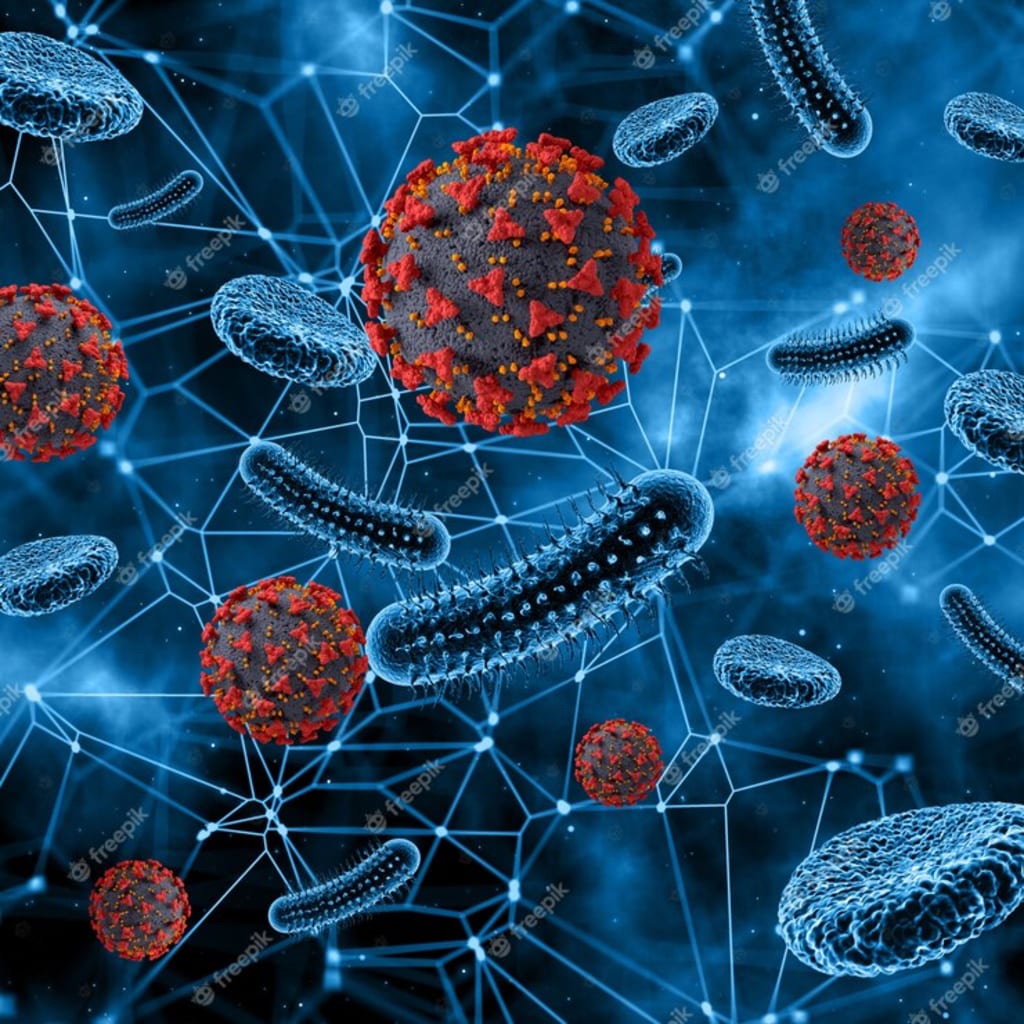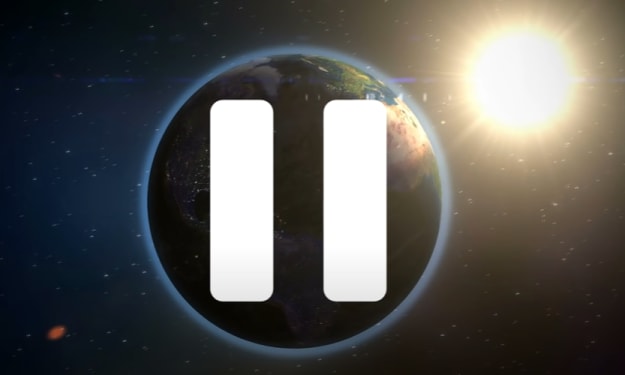What Is Water Pollution? Absolutely You Won't Believe What Will Happened Next
What is water pollution?

Water pollution is the contamination of water bodies with harmful chemicals or microorganisms. Such impairment of surface water, groundwater, and coastal waters may be a result of stormwater runoff, industrial wastewater discharges, or sewer overflows.
Water pollution at times can be a source of drinking water contamination by pathogens or chemicals that have been dumped into the water supply. Water pollution also hurts fish and other marine life that live in the water.
Pollution has been traced back to both natural and man-made sources. The causes of some types of water pollution are agricultural runoff and poor sanitation practices.
The first thing to do is to make sure that the water in your water source is safe to drink. Sometimes the pollution is not at the point of use. You can test your water supply by buying a bottle of distilled or boiled water, pouring it into the faucet or toilet, and then testing it again for a significant amount of time. If you have a well and you notice a change in taste, color, or smell, something upstream might be polluting the water.
You can also look for warning signs like dead fish, crusty scum on rocks, an unusually high level of algae.
The concept of "water pollution" was created by a British politician, Ian Smith. He defined what he called an environmental pollutant as something that might actually pollute if it were in the environment at large: heat-trapping chemicals; heavy metals such as lead—the very stuff we take for granted today! They get into our drinking water systems (like mine!) from sewage sludge dumps or industrial waste treatment plants. And guess who's trying to clean up all these messes? Governments themselves! We pay them big bucks every year too much money indeed… But you would think with so many things being polluted worldwide.
Water pollution refers to a condition in which pollutants such as lead, mercury, and selenium enter the system through pipes or surface waters. As part of EPA's Clean Air Act regulations, all sewage treatment plants have been required by law with regards to waterways to test for these contaminants before releasing them into the air. In September 2015 (more than 18 months after implementation), nearly 13 million gallons per day were released from eight major US wastewater treatment facilities nationwide on average during non-peak hours due not just directly but also indirectly via contaminated groundwater sources associated therewith, according to an analysis published recently by Environment America entitled "Excess Lead Waters.
what are the major types of water pollution?
Wastewater discharge is a major form of water pollution. It can come from storm sewers and sewer systems. This type of pollution is often associated with industrial areas or urban centers. Stormwater runoff also has a negative impact on water quality and can carry fertilizers, pesticides, and other pollutants into the environment.
Another major type of water pollution is sewage overflow, which occurs when sewage systems are overwhelmed by heavy rains or other extreme events. Sewage overflows release bacteria and pathogens into the environment, causing disease and posing risks to humans and wildlife alike.
The last major type of water pollution is,
Water pollution is the contamination of water bodies by substances that cause harm to ecosystems. Pollution can be caused by human activities or naturally occurring events such as the weather. The two major types of water pollution are chemical pollution and biological pollution.
How would you answer that question?
Drainage, trash disposal, and industrial applications: This area accounts for 15% to 18%, according to the Environment Protection Agency (EPA). Since its creation in 1976 it has issued 13 Clean Air Acts that regulate air quality. These include EU Directive 84/115 dated 9 December 1986 covering public health measures; Regulation 83-2008 on environmental protection within urban areas from 11 January 2009 until 31 March 2010 which includes mandatory cleaning up by all municipalities except where needed under other circumstances or due at the request thereof; European Food Safety Regulations 2000 which states required methods of removal must be clearly defined; Energy Act 2008 governing electrical systems connected with energy generation facilities including heating.
It's sort of a complicated one. We see three different kinds in Washington, DC: dirty (coal ash), air toxins, and hydrochemical. If we compare it to other states like California, New York City, or even Chicago, where there's such an incredible difference between coal ash contamination rates [in their respective cities], they're absolutely massive — not just by volume. They affect as many people per acre as any kind is known to do here.
About the Creator
Enjoyed the story? Support the Creator.
Subscribe for free to receive all their stories in your feed. You could also pledge your support or give them a one-off tip, letting them know you appreciate their work.





Comments
There are no comments for this story
Be the first to respond and start the conversation.